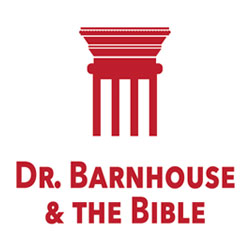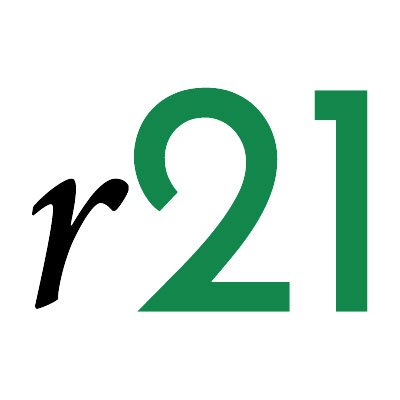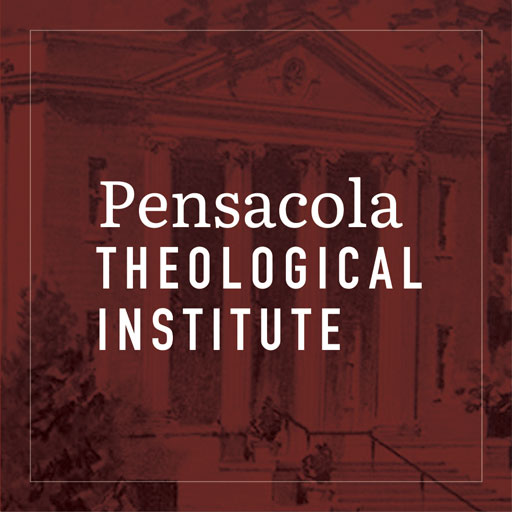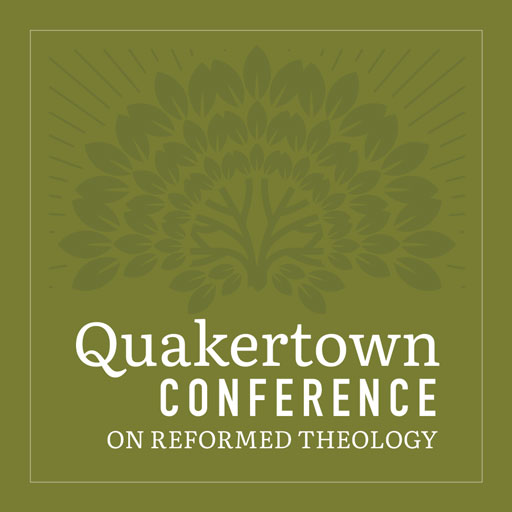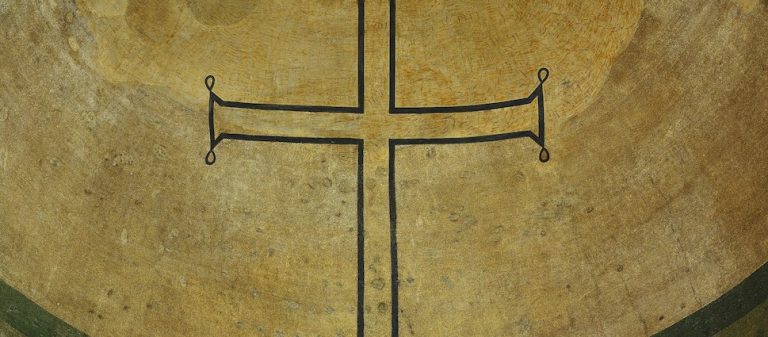
Proto-Puritan William Tyndale (2)
Life in Exile
Last time, we looked at the proto-Puritan William Tyndale in the early stages of his life and work until he left England for Germany. In one sense, he chose this “exile”, but in another, he was forced there to finish his translation work. In this second of a five-part series, we study Tyndale’s life and work on the continent to the time of betrayal and death.
Tyndale arrived in Germany (1524) with the financial support of Humphrey Monmouth, the cloth merchant who housed him in London. His initial whereabouts are uncertain, though he may have spent some time in Luther’s Wittenberg where he met up with his translation assistant, the wayward Franciscan friar, William Roy, who left London a year after Tyndale.
We find Tyndale next in Cologne (1525) where he translated the Greek New Testament into English with help from Latin and German texts. He collaborated with the printer, Peter Quentell, likely driven by profit not conviction to work illegally with Tyndale. Most of Matthew was printed before officials raided Quentello based on John Dobneck’s tip. A couple of printers boasted about the translation work to him after he loosened their lips with plenty of ale and wine. By God’s providence, Tyndale and Roy caught wind of the bust, and headed up the Rhine River to Worms with their manuscripts.
In Worms, they teamed up with printer Peter Schoeffer, and their pocket-sized (for easy concealment) English New Testament was finally published (1526), the first ever from Greek. It was promptly smuggled back to England in bales of cloth by the thousands. Bishop Tunstall (a “ducking hypocrite born to dissemble” says Tyndale), condemned the work and burned all the Testaments he could find and with the trumped-up claim of 2000 translation errors. Tyndale later complained that failing to dot an “i,” was “reckoned for heresy.” Later (1527), the archbishop of Canterbury, William Warham, urged buying and burning as many New Testaments as possible. One of his bishops, Richard Nix, praised this “gracious and a blessed deed,” an act God would certainly reward. On strained terms, Roy separated from Tyndale in Worms where he published his preface to Romans. His position on justification by faith alone showed some dependence on Luther’s own prologue, but not without differences.
By 1528, we find Tyndale in Antwerp (Belgium) where he worked with the printer, Martin de Keyser, who published secretly under, “Hans Luft,” Luther’s famous Wittenberg printer. In 1528, Tyndale’sParable of the Wicked Mammon, from Luke 16 showed the vanity of good works apart from saving faith,then The Obedience of a Christian Man, exposed the corruption of the church, affirmed secular authority, taught justification by faith apart from but joined with good works, and asserted the supreme authority of the Bible. Henry VIII found the book’s support for secular authority over the church appealing. Both books were well-received in England yet condemned as heresy by the church. While in Worms, Tyndale likely studied Hebrew, skillfully manifested in the English Pentateuch published in Antwerp (1530). His translation philosophy was vibrant as he pursued a text both faithful to the original and clear to the reader. The same year, in The Practice of Prelates(1530), he condemned the papal hierarchy and with it the English church headed by Cardinal Thomas “Wolfsee” (said Tyndale) Wolsey. In the work, he also opposed Henry’s marriage annulment, which he did not find appealing.
Tyndale’s labors were a growing threat and Wolsey commissioned (1528) Thomas More, a Catholic scholar and eventual Lord Chancellor (head of all judicial matters), to read and respond to Tyndale’s banned books. More’s scathing Dialogue Concerning Heresies(1530) severely condemned Tyndale and his work. He responded with An Answer unto Sir Thomas More’s ‘Dialogue’(1531), defending the authority of the Bible and attacking the church’s distortion of biblical truth.Sir Thomasresponded with his bigger and more abusive Confutation of Tyndale’s ‘Answer’(1532-33) labeling Tyndale as “a hell-hound in the kennel of the devil . . . discharging a filthy foam of blasphemies out of his brutish beastly mouth.” Tyndale chose not to respond, though More continued his attack in later writings.
In 1533, Thomas Cromwell, the chief advisor to Henry, sent his representative Stephen Vaughan to find Tyndale in Antwerp and invite him back to England under safe conduct. The elusive Tyndale actually found Vaughan, and offered to go back (even to die) only if Henry sanctioned the Bible in English (by anyone!). Vaughan was quite taken with Tyndale, though nothing came of the meetings, which angered Henry and intensified the determination to arrest him. The influential Reformer yet virtual ghost “was everywhere and nowhere,” claimed the exasperated More, obsessed with seizing Tyndale. That same year, Tyndale’s colleague John Frith was burned, largely at the instigation of More, primarily for rejecting purgatory and transubstantiation.
In 1534, Tyndale’s revision of his 1526 New Testament made interpretative and editorial improvements, expanded the prologue, provided comments on translation philosophy, and criticized George Joye’s own 1534 yet anonymous revision of Tyndale’s 1526 edition. Tyndale was not pleased that Joye made changes without naming himself. He continued Old Testament translation and finished the historical books from Joshua to 2 Chronicles the following year.
Tyndale had been living safely in the “English House” in Antwerpwith Thomas Poyntz. Henry Phillips, of whom Poyntz was suspicious, showed up one day from England and proceeded to win Tyndale’s affection. In fact, the charmer had, among other things, gambled away a large sum of money his prominent father had entrusted to his care. Possibly, the bishop of London at the time (John Stokesly) took advantage of the troubled Phillips and employed him to find Tyndale. On May 21, 1535, the plan came to fruition with Phillips luring Tyndale from the house where imperial officers (working for Charles V) seized and imprisoned him at Vilvorde Castle (near Brussels) where he languished for 500 days. Poyntz desperately sought his release but was thwarted by the traitorous Phillips who feared the loss of life and money. Poyntz himself was arrested as a heretic before escaping back to England.
Attempts to “convert” Tyndale failed and he was condemned as a heretic. On October 6, 1536, he was stripped of his priestly orders, taken to the stake, choked to death (a scholar’s more dignified death), and his body burned as a precursor to the fires of hell. At the stake, he prayed, “Lord, open the King of England’s eyes.”
From Germany, Miles Coverdale (another Tyndale colleague) had already published (without authorization) the whole Bible in English in 1535, though with great dependence on Tyndale, and with translation from Latin and German texts due to limited Greek and Hebrew. Then, within the year after Tyndale’s death, his prayer would be answered, . . . at least externally. John Rogers, the chaplain of the English House in Antwerp, had taken all of Tyndale’s work and, with the Coverdale Bible to supplement it, published probably from Antwerp Thomas “Matthew’s” (pseudonym to hide Tyndale’s contribution) Bible in 1537, with Henry’s permission. It was brought to England, became a best seller, and was revised as the Great (giant-sized, to prevent it from being stolen) Bible (1539) ordered to be in every church by Henry, now styling himself (since 1534) as the “supreme head” of the church of England. This was the first English Bible “authorized” to be read aloud during worship services. With these developments and Tyndale’s impact on them, his sacrifices were certainly worthwhile. His impact on the English Reformation, Bible translation, and the English language are profound.
Click here read the previous post in this series.
Bob McKelvey (@mckelvrj) is program coordinator of the Puritan Studies Program in connection with the Jonathan Edwards Center Africa at the University of the Free State in Bloemfontein, South Africa. He is also lecturer in Historical Theology at John Wycliffe Theological College in Johannesburg, South Africa, and extraordinary senior lecturer at North-West University in Potchefstroom, South Africa. He is the author of Histories that Mansoul and Her Wars Anatomize: The Drama of Redemption in John Bunyan’s Holy War and a contributor to Drawn into Controversie: Reformed Theological Diversity and Debates within Seventeenth-Century British Puritanism.


